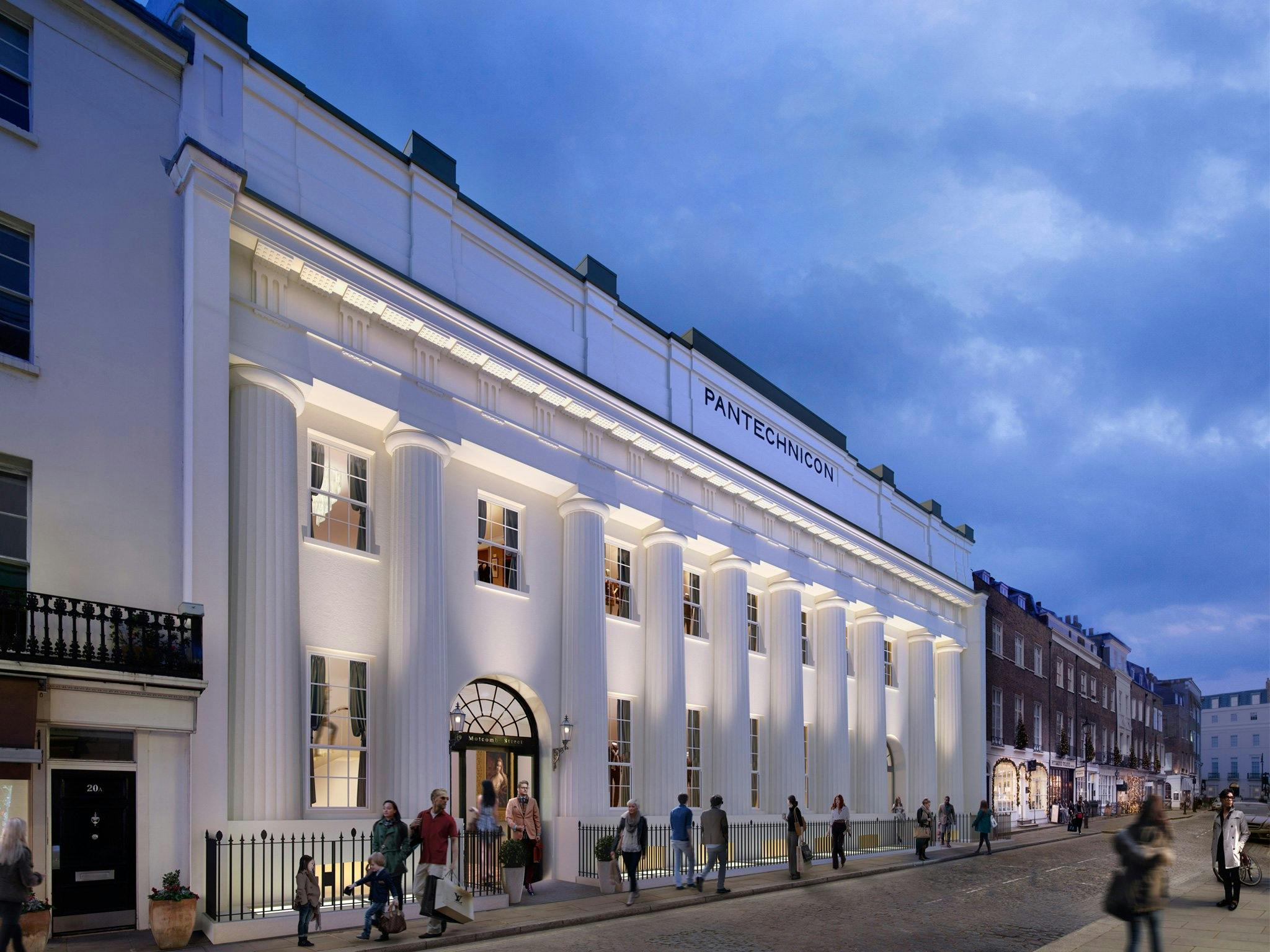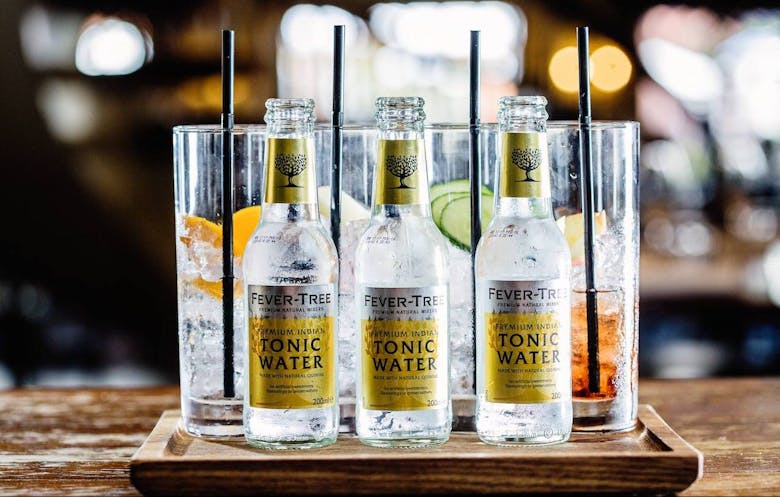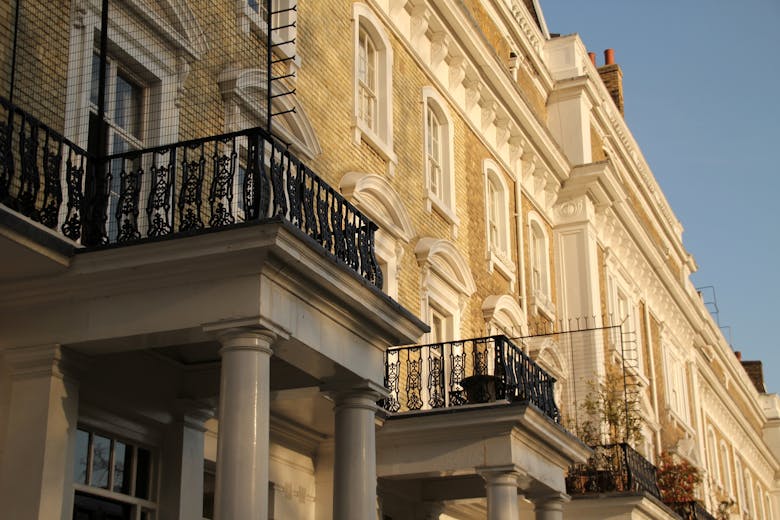The diverse nature of London, with its myriad contrasts and nuances, is a huge selling point for clients, particularly those from overseas – we are, however, in danger of losing this.
London’s rich built heritage sets it apart from other capital cities, particularly more modern ones of course like New York. Part of London’s peculiar appeal is that as you navigate from one street to the next you can come across a huge variety of architecture – it is a rich and contrasting patchwork compared to other capital cities, a smorgasbord of built form for us to feast upon.
Modern cities, such as those in Asia, tend to be high rise, making up for the lack of space by soaring into the sky. London is interesting by comparison – densely populated, with manifold architectural styles, but largely low-built and with more public open space than any other capital city (it has just been crowned the world’s first National Park City). You only have to look at a map to see how unconventional the layout is – central Paris (as Manhattan) is laid out in a more conventional grid pattern, developed as it was largely at the same time, whereas London consists of a panoply of distinct urban villages. Each of these has its own defined characteristics thanks to its architecture, infrastructure and green space but perhaps most crucially, its amenity and what is often referred to these days as its public realm.


A good high street has always been incredibly important to an area, it’s heart and soul, somewhere people gravitate. Good examples of this are Marylebone High Street, St John’s Wood High Street and that quintessential bastion of London village life, Barnes – so quaintly local, it even has its own duck pond. On the other hand, Pimlico has always been acutely affected because it lacks any sort of main thoroughfare – one tends to pass through it, rather than travel to it specifically for its amenities.
The slow death of the UK’s high streets has been well documented, and statistics abound to prove that this very British institution is undergoing an acute identity crisis. Beset on all sides by a combination of the internet and fast-changing consumer habits, well over 10% of retail premises were vacant at last count, with household names like M&S seemingly no more immune to the challenges facing the sector than the one-off independent local. Even our pubs, around which communities literally congregated, have been closing at speed for years (though we were pleased to read that this trend has started to slow).
Although you may never be more than a few feet from a rat, as the old adage goes, it’s reasonably safe to say that you are never more than a few hundred feet from a Pret A Manger either
High streets are changing so people don’t always identify with the main thoroughfare of an area in the same way as they did in the past. The King’s Road, a high street in all but name, is no longer the preserve of the upmarket boutique, while Kensington High Street has the feel and look of any central streetscape in the country – as its star has fallen, the sense is very much that Kensington’s reputation has slipped in tandem, while Notting Hill has embraced the sole trader and flourished, despite its proximity to Westfield. Herein lies the problem: the retail environment has become fairly monochrome. The same shops and restaurants are on every corner, with ubiquitous brands like Boots and Tesco rolling out the same model across London. Although you may never be more than a few feet from a rat, as the old adage goes, it’s reasonably safe to say that you are never more than a few hundred feet from a Pret A Manger either.
Undeniably, the high street is in trouble as people sit at home to do their shopping or head out of town. Retail sales slumped 1.3% year-on-year in June, according to the British Retail Consortium/KPMG Monitor, the worst June on record, while seemingly every familiar brand is either giving profit warnings or undertaking significant restructuring plans. The wind of change seems to be blowing hard through the retail sector, and if not urgently addressed could have far-reaching implications for the look and feel of not only London’s much-vaunted villages, but for every high street in the land.
Nowadays, there has to be more than a decent high street to attract people to an area. For example, if the shopping is poor, then a quality restaurant scene is a must, offering ideally independent, local restaurants and cafes which generate a more positive experience. There has to be a place on the high street for independently run shops, but the blame must partly lie with sky-high business rates and often landed estates charging a small fortune for the privilege. It explains why there are so many temporary pop-up shops on the King’s Road, as retailers can’t afford to locate to these areas on a permanent basis – we have heard some extraordinary figures quoted to retailers, leading to closure, while excellent local restaurants that have been the cornerstone of the local culinary scene have been forced out by Rachman-like rental hikes. With many retail units being converted for residential use, London’s high streets face a further risk. More than any of this, the older generation need somewhere to convene, as much as a tired parent might want to escape the children for a few hours and feel part of humanity again for a brief moment. They don’t always want to go online to do their shopping. How do we adjust to that?
There are some innovative approaches, such as the reimagined Pantechnicon on Motcomb Street due to open soon, a modern-day bazaar with five floors of restaurants and shops. The building fell into disrepair and is being redeveloped in a similar vein by the same people behind the popular Thomas Cubitt gastropub in Belgravia.

It all boils down to the experience, which has to be more than the product you are trying to sell. Small, high-end service providers selling over a counter seems to be the way forward, and on the basis that most things in life go full circle it seems possible that people may one day shun online for the novelty of dealing with real people again. London’s high streets must adapt and reinvent; there is no reason why they should die, and it is important for the city’s many urban villages that they do not.
Main image: Marylebone High Street















